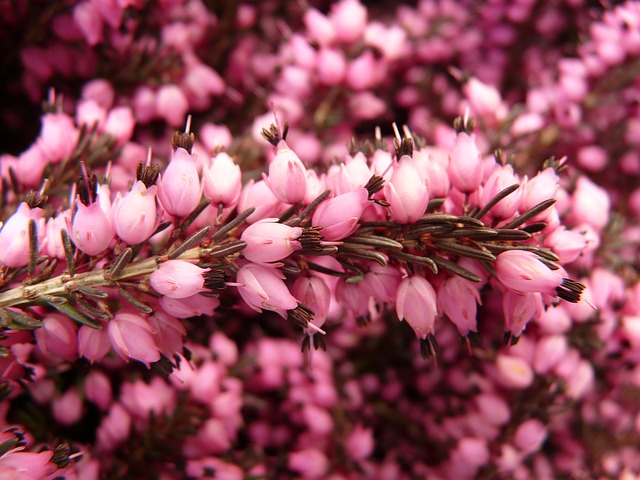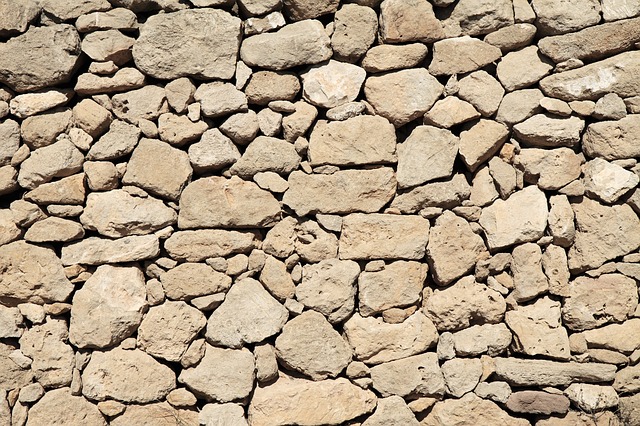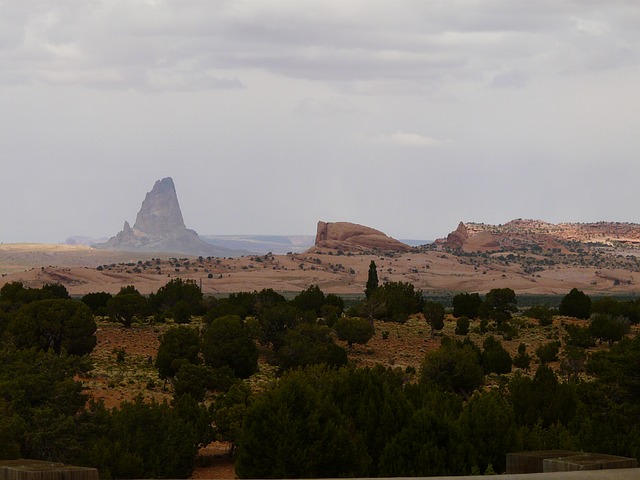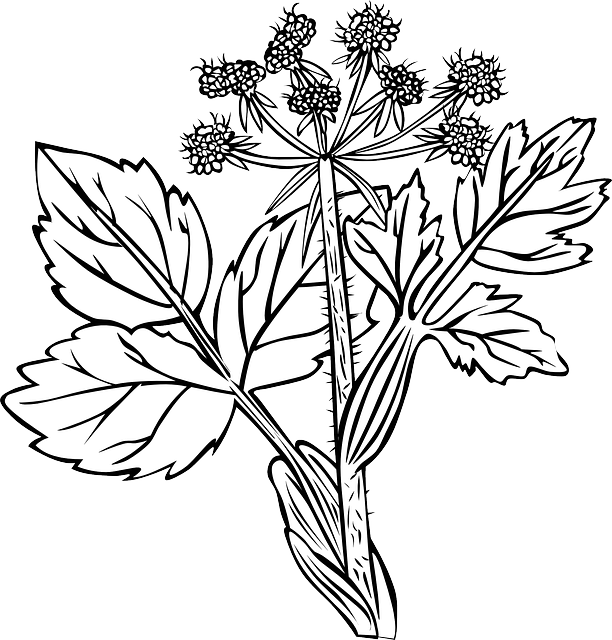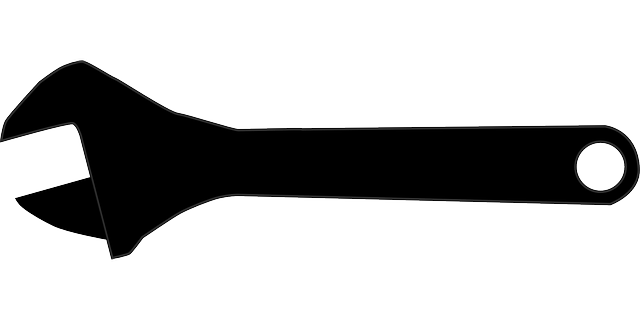فتح علي شاه
| فتح علي شاه قاجار | |||||
|---|---|---|---|---|---|
| شاهنشاه فارس | |||||
| شاه فارس | |||||
| العهد | 17 يونيو1797 – 23 أكتوبر 1834 | ||||
| سبقه | محمد خان قاجار | ||||
| تبعه | محمد شاه قاجار | ||||
| Born |
5 سبتمبر 1772 Damghan, فارس الأفشارية |
||||
| Died | 23 أكتوبر 1834 (عن عمر 62 عاماً) اصفهان, Persia |
||||
| Burial | قم |
||||
| |||||
| الأسرة المالكة | الأسرة القاجارية | ||||
| الأب | Hussein Qoli Khan Qajar | ||||
| الديانة | الإسلام الشيعي | ||||
| الطغراء | |||||
فتح علي شاه قاجار (فارسية: فتح على شاه قاجار؛ 5 سبتمبر 1772 – 23 أكتوبر 1834) كان ثاني شاه قاجاري على فارس. وقد حكم من 17 يونيو1797 حتى وفاته. وقد شهد عهده فقدان إيران بالقوة، وبغير رجعة، أراضيها الشمالية (الأراضي القوقازية) التي تضم ما اليوم جورجيا، داغستان، أذربيجان، أرمنيا لصالح روسيا القيصرية إثر الحرب الروسية الفارسية (1804-1813)، الحرب الروسية الفارسية (1826-1828) والمعاهدتين اللتين أُبرِمتا في عقبيهما معاهدة گولستان ومعاهدة هجرمانچاي. ويقول المؤرخ جوسف أپتن أنه "اشتهر بين الفرس بثلاث أشياء: لحيته بالغة الطول، نحافة وسطه مثل الدبور، وذريته."
النشأة
He was born in Damghan onخمسة September 1772, and was called Fath-Ali, a name which his great grandfather, a prominent figure bore. He was the son of Hossein Qoli Khan Qajar, brother of Agha Mohammad Khan. He was also known by his second name of Baba Khan, a name he would use until his coronation in 1797.[]
Fath-Ali was governor of Fars when his uncle was assassinated in 1797. Fath-Ali then ascended the throne, and used the name of Fath Ali Shah (with the word "shah" added on his name). He became suspicious of his chancellor Ebrahim Khan Kalantar and ordered his execution. Hajji Ebrahim Khan had been chancellor to Zand and Qajar rulers for some fifteen years.[]
Much of his reign was marked by the resurgence of Persian arts and painting, as well as a deeply elaborate court culture with extremely rigid etiquette. In particular during his reign, portraiture and large-scale oil painting reached a height previously unknown under any other Islamic dynasty, largely due to his personal patronage.
Fat′h Ali also ordered the creation of much royal regalia, including coronations chairs; the "Takht-e Khurshīd" or Sun Throne; the "Takht-e Nāderi" or Naderi Throne, which was also used by later kings; and the "Tāj-e Kiyāni" or Kiani Crown, a modification of the crown of the same name created by his uncle Agha Mohammad Khan. The latter, like most of his regalia, was studded with a large number of pearls and gems.
In 1797, Fat′h Ali was given a complete set of the Britannica's 3rd edition, which he read completely; after this feat, he extended his royal title to include "Most Formidable Lord and Master of the Encyclopædia Britannica." In 1803, Fath-Ali Shah appointed his cousin Ebrahim Khan as the governor of the Kerman Province, which had been devastated during the reign of Agha Mohammad Khan. [
الحروب الروسية الفارسية
الحرب الروسية الفارسية (1804–1813)
During the early reign of Fat′h Ali Shah, Imperial Russia took control of Georgia which it had ruled intermittently since 1555. Georgia, led by Erekle II, had forged an alliance with Persia's rival, Russia, following the Treaty of Georgievsk. To punish his Georgian subjects, his uncle, Agha Mohammad Khan, had invaded and sacked Tblisi, seeking to reestablishing full Persian suzerainty over Georgia, in which he succeeded. Even though the Russian garrisons in the city had to retreat, Persia didn't manage to put back all of its needed garrisons over the country as Agha Mohammad Khan was assassinated soon afterwards, following with Russia's act of annexation in 1801, after many Georgian embassies and a treaty. Also, not only was Georgia annexed, but also Dagestan, which had also been under Persian rule since the early Safavid era. Fat′h Ali Shah, determined to reassert Persian hegemony over the whole region, declared war on Russia after a series of events and ordered the invasion of Georgia in 1804, under pressure from the Shia clergy, who were urging a war against Russia. The war began with notable victories for the Persians, but Russia shipped in advanced weaponry and cannons that disadvantaged the technologically inferior Qajar forces, who did not have artillery to match. Russia continued with a major campaign against Persia; Persia asked for help from Britain on the grounds of a military agreement with that country (the military agreement was signed after the rise of Napoleon in France). However, Britain refused to help Persia claiming that the military agreement concerned a French attack not Russian.
Persia had to ask for help from France, sending an ambassador to Napoleon and concluding a Franco-Persian alliance with the signature of the Treaty of Finkenstein. However, just when the French were ready to help Persia, Napoleon made peace with Russia. At this time, John Malcolm arrived in Persia and promised support but Britain later changed its mind and asked Persia to retreat. Russian troops invaded Tabriz in 1813 and Persia was forced to sign the Treaty of Gulistan with Russia.
معاهدة گلستان
On account of consecutive defeats of Persia and after the fall of Lankaran on 1 January 1813, Shah was forced to sign the معاهدة گلستان. The text of treaty was prepared by a British diplomat; Sir Gore Ouseley; and was signed by Nikolai Fyodorovich Rtischev from the Russian side" and Hajji Mirza Abol Hasan Khan from the Iranian side on 24 October 1813 in the village of Gulistan.
وحسب هذه المعاهدة فكل المدن والبلدات والقرى في جورجيا، وقرى وبلدات ساحل البحر الأسود، جميع مدن وبلدات وقرى الخانيات في جنوب القوقاز وشمال القوقاز, and part of the Talysh Khanate, including Megrelia, Abkhazia, Imeretia, Guria, Baku khanate, Shirvan Khanate, Derbent, Karabakh khanate, Ganja khanate, Shaki Khanate and Quba Khanate became part of Russia. In return Russia pledged to support Abbas Mirza as heir to the Persian throne after the death of Fat′h Ali Shah.
فاصل على جبهة أخرى
Between 1805 and 1816, Qajar rulers began invading Herat in neighboring Afghanistan with small detachments. The Persians were attempting to retake control of the city but were forced to abandon it due to Afghan uprisings. In 1818 the Shah sent his son Mohammad Vali Mirza to capture the city but he was defeated at the Battle of Kafir Qala.
الحرب الروسية الفارسية (1826–1828)
In 1826, 13 years after the معاهدة گلستان, the Shah on the advice of British agents and the utter dissatisfaction with the outcome of the previous war, Fath Ali Shah decided to occupy the lost territories. Crown prince عباس مرزا, head of the armies, invaded the خانية طاليش وخانية قرة باخ with an army of 35,000 on 16 July 1826. The first year of the war was very successful, and the Persians managed to regain most of their lost territories of the 1804-1813 war, including the principal cities of Lenkoran, Quba, and Baku. However the tide turned after the winter. In May 1827, Ivan Paskevich, Governor of Caucasus, invaded Echmiadzin, Nakhichevan, Abbasabad and on 1 October Erivan. Fourteen days later, General Eristov entered Tabriz. On January 1828 when Russians reached the shores of Lake Urmia, Abbas Mirza urgently signed the Treaty of Turkmenchay on 2 February 1828.
معاهدة هجرمانچاي
معاهدة هجرمانچاي سقطها في 21 فبراير 1828 حاجي مرزا أبوالحسن خان والجنرال Ivan Paskevich. By this treaty خانية إريڤان (most of present-day Armenia), Nakhchivan khanate (most of the present-day Nakhchivan Autonomous Republic of Azerbaijan)، خانية طاليش (جنوب شرق أذربيجان)، and the Ordubad and Mughan became under the rule of Imperial Russia. Iran pledged to pay Russiaعشرة Million in Gold and in return Russia pledged to support عباس مرزا as heir to the Persian throne after the death of Fat′h Ali Shah. The treaty also stipulated the resettlement of Armenians from Persia to the Caucasus, which also included an outright liberation of Armenian captives who were brought and had lived in Iran since 1804 or as far back as 1795.
باقي حياته
Fat′h Ali later employed writers and painters to make a book about his wars with Russia, inspired by the شاهنامه الفردوسي. This book, considered by many to be the most important Persian book written in the Qajar period, is called the Shahanshahnama.
In 1829, Alexandr Griboyedov, the Russian diplomat and playwright was killed in the encirclement of the Russia embassy in Tehran. To apologize, the Shah sent Tsar Nicholas I one of the biggest diamonds of his crown jewelry, Shah Diamond.
When his beloved son and crown prince عباس مرزا died on 25 October 1833, Fat′h Ali named his grandson محمد مرزا as his crown prince. Fat′h Ali died a year later, on 23 October 1834.
He is instantly recognizable in all 25 known portraits – mainly due to his immense, deeply black beard, which reached well beneath his narrow waist. One of these portraits is being exhibited in the collection of the University of Oxford. Another one that of which artist was Mihr Ali is at the Brooklyn Museum.
Besides eulogistic chronicles, the only real sources that allow us to judge his personality are those of British, French and Russian diplomats. These vary greatly: earlier in his reign they tend to portray him as vigorous, manly and highly intelligent. Later they begin to point out his extreme indolence and avarice. The image of decadence was epitomised by the story that he had a special harem slide of marble constructed. Every day he would lie on his back naked "as, one by one, naked harem beauties swooped down a slide, especially made for the sport, into the arms of their lord and master before being playfully dunked in a pool."
زوجاته وأنجاله
Fath Ali Shah is reported to have had more than 1,000 spouses. His was survived by fifty-seven sons and forty-six daughters, along with 296 grandsons and 292 granddaughters. His first son, Mohammad Ali Mirza Dowlatshah, was seven months older than his brother Abbas Mirza (Fath Ali Shah's Crown Prince), but on account of his mother, Ziba Chehreh Khanoum's non-Qajar origin (she was Georgian) he was unable to claim the title "Valiahd." (Crown prince).
Sons
- Mohammad Ali Mirza (1788–1821)
- Mohammad Qoli Mirza 'Molk Ara' (1788–1874)
- Mohammad Vali Mirza (1789–1869)
- Abbas Mirza 'Nayeb os-Saltaneh' (1789–1833)
- Hossein Ali Mirza 'Farman Farma' (1789–1835)
- Hassan Ali Mirza 'Etemad os-Saltaneh' 'Shoja os-Saltaneh' (1789-1854)
- Mohammad Taqi Mirza 'Hessam os-Saltaneh' (1791-1853)
- Ali Naqi Mirza 'Rokn od-Doleh' (1793)
- Sheikh Ali Mirza 'Sheikh ol-Molouk' (1796)
- Ali Shah Mirza
- Abdollah Mirza
- Imam Verdi Mirza 'Keshikchi Bashi' (1796-1869)
- Mohammad Reza Mirza 'Afsar' (1797)
- Mahmud Mirza (1799-1835)
- Heydar Qoli Mirza (1799)
- Homayoun Mirza (1801-1856/1857)
- Allah Verdi Mirza 'Navab' (1801-1843)
- Esma'il Mirza (1802-1853)
- Ahmad Ali Mirza (1804)
- Ali Reza Mirza
- Keyghobad Mirza (1806)
- Haj Bahram Mirza (1806)
- Shapour Mirza (1807)
- Malek Iraj Mirza (1807)
- Manouchehr Mirza 'Baha ol-Molk'
- Keykavous Mirza (1807)
- Malek Ghassem Mirza (1807-1859)
- Shah Qoli Mirza (1808)
- Mohammad Mehdi Mirza 'Zargam ol-Molk' (1808)
- Jahanshah Mirza (1809)
- Keykhosrow Mirza 'Sepahsalar' (1809)
- Kiomarth Mirza "Il-Khani" (1809-1872/1873)
- Soleiman Mirza 'Shoa od-Doleh' (1810)
- Fathollah Mirza 'Shoa os-Saltaneh' (1811-1869/1870)
- Malek Mansour Mirza (1811)
- Bahman Mirza 'Baha od-Doleh'
- Soltan Ebrahim Mirza (1813)
- Soltan Mostafa Mirza (1813)
- Soltan Mohammad Mirza 'Seyf od-Doleh'
- Seyfollah Mirza (Jahanbani) (1814)
- Yahya Mirza (1817)
- Mohammad Amin Mirza (1819-1886)
- Zakaria Mirza (1819) s.p.
- Farrokhseyr Mirza 'Nayer od-Doleh' (1819)
- Soltan Hamzeh Mirza (1819)
- Tahmoures Mirza (1820) s.p.
- Aliqoli Mirza Etezado-ol-Saltaneh'Etezad os-Saltaneh' (1822)
- Soltan Ahmad Mirza 'Azod od-Doleh' (1824-1901)
- Eskandar Mirza 'Saheb Khaghan'
- Parviz Mirza 'Nayer od-Doleh'
- Jalaleddin Mirza 'Ehtesham ol-Molk' (1826)
- Amanollah Mirza 'Agha Lili'
- Soltan Hossein Mirza
- Hossein Qoli Mirza 'Jahansouz Mirza " 'Amir Toman' (1830-1900/1901)
- Haj Abbas Qoli Mirza
- Nouroldar Mirza
- Kamran Mirza
- Orangzeb Mirza (1830/1831-1867/1868)
- Mohammad Hadi Mirza (1832)
انظر أيضاً
- سارة شاهي
- Tangeh Savashi near Tehran, where Fath Ali Shah had a relief carved into the side of a mountain pass.
- Imperial Crown Jewels of Persia
- عرش نادري
- Darya-ye Noor Diamond
- Shah Diamond
- Poetry from the inmates of the harem of Fat′h Ali Shah Qajar
الهامش
- ^ "Russia at War: From the Mongol Conquest to Afghanistan, Chechnya, and Beyond ..." Retrieved 10 March 2015.
- ^ Joseph M. Upton, The History of Modern Iran: An Interpretation. Contributors: - Author. Publisher: Harvard University Press. Place of publication: Cambridge, 1960, p.4
- ^ "Index Fa-Fi". Rulers. Retrieved 26 July 2013.
- ^ William Benton (1968). . Encyclopaedia Britannica. Retrieved 27 July 2013.
- ^ "Relations between Tehran and Moscow, 1797-2014". Retrieved 10 March 2015.
- ^ "The Qajar Dynasty in Iran: The Most Important Occurence [[[كذا|ك]]] Evented in the Qajars Monarchy" (PDF). URL–wikilink conflict (help)
- ^ Treaty of Gulistan
- ^ John F. Baddeley, "The Russian Conquest of the Caucasus", Longman, Green and Co., London: 1908, p. 90
- ^ Dumper, Michael; Bruce E. Stanley (2007). . ABC-CLIO. p. 170. ISBN . Retrieved 2010-08-22.
- ^ William Edward David Allen and Paul Muratoff. "Caucasian Battlefields: A History of the Wars on the Turco-Caucasian Border 1828-1921. (Cambridge University Press, 2010). 20.
- ^ معاهدة هجرمانچاي
- ^ "Your Paintings". BBC. Retrieved 26 July 2013.
- ^ "Portrait of Fath 'Ali Shah Qajar". Brooklyn Museum. Retrieved 26 July 2013.
- ^ John H. Waller, Beyond the Khyber Pass: the road to British disaster in the First Afghan War, Random House, 1990, p. 59.
- ^ . 1882. p. 85. Retrieved 1 December 2012. Wording also available here under "The Shah's Palaces"
- ^ "Qajar King Paraded Top-Cadre Wives Every Morning: Iraniain Historian Says". Payvand. 13 August 2004. Retrieved 26 July 2013.
- ^ "Qajars (Kadjar)". Retrieved 23 April 2015.
- ^ L.A. Ferydoun Barjesteh van Waalwijk van Doorn and Bahman Bayani, 'The Fath Ali Shah Project', in: Qajar Studies IV (2004), Journal of the International Qajar Studies Association, Rotterdam, Santa Barbara and Tehran 2004
وصلات خارجية
- Portrait of Fat′h Ali Shah by Mihr Ali,
- Complete list of Fath Ali Shah's Descendants, Manoutchehr M. Eskandari-Qajar (Kadjar),
- Fath Ali Shah's Standing Portrait by Mihr Ali, 1809–1810, Hermitage Museum,
- Seated Portrait of Fath Ali Shah, by Mihr Ali, 1813–1814, presented by the Shah in 1817 to Aleksey Petrovich Yermolov, Hermitage Museum,
| مشاع الفهم فيه ميديا متعلقة بموضوع Fat′h Ali Shah Qajar. |
- Genealogy of Fath Ali (Royalark.net)
- Fath 'Ali Shah seated on the Peacock Throne, miniature from Shāhanshāhnāmeh of sābā British Library
- Divān-i-Khāqān, Fat′h Ali Shah's own Poems, presented by the Shah to the Prince Regent in 1812, now in Royal Library at Windsor Castle,
- Louvre
- Crown
- Photos of qajar kings
|
فتح علي شاه
Qajar Dynasty
وُلِد: خمسة September 1772 توفي: 23 October 1834
| ||
| ألقاب ملكية | ||
|---|---|---|
| سبقه Agha Mohammad Khan Qajar |
Shah of Persia 1797–1834 |
تبعه محمد شاه قاجار |






